Katikati is a pretty little town with colourful hanging baskets in the main street. A group of residents got together in 1991 and decided to paint the history on the walls of the town. The town now boasts over 50 pieces of art, from murals to sculptures and carvings.
Murals are painted everywhere on walls, all telling their own story. Like towns throughout the country, native bush had to be cleared to make space space for homes and farms.
In October 1883 a battle of wills took place outside the newly built St Peter’s Anglican Church which was to be consecrated by Bishop Stewart of Waiapu. But Presbyterian builder William Gray was not handing the keys over, locking out the Bishop and the congregation, until the church building committee made the final payment of 30 pounds. The matter was not resolved until May 1894.
I had read about the Haiku Pathway in Katikati and was very keen to view it. This was one of New Zealand’s Millennium Projects, and is the largest collection of haiku 'stones' outside Japan and the only haiku pathway in the Southern Hemisphere. The pathway meanders along both sides of the Uretara Stream just behind the town’s main street, and features a specially designed footbridge across the stream. So just what is a haiku, you are probably wondering? The definition of a haiku is a Japanese verse poem of unrhymed lines which are (usually) written in a structure of 5 syllables for first line, 7 syllables for second line, then 5 syllables for third line. Sometimes there are two separate themes in one poem, surprising the reader with an unexpected link. Although I have tried to write a few haiku in the past, mine were less than memorable.
It had been a very hot and humid day, and the rain had done nothing at all to lower the high temperatures. No chance of sitting outside under the trees like we did yesterday, when we returned to camp. We are currently staying on a working farm full of kiwifruit trained to grow on timber frames. The kiwifruit plants are heavily laden with brown furry fruit, so we presume that it is not too long before the crop gets picked.
We will be sad to leave this lovely camp tomorrow, but Hamilton is calling. We are taking our Leisureline caravan back to the factory where it was made, and the water tanks will be replaced. More about that later.
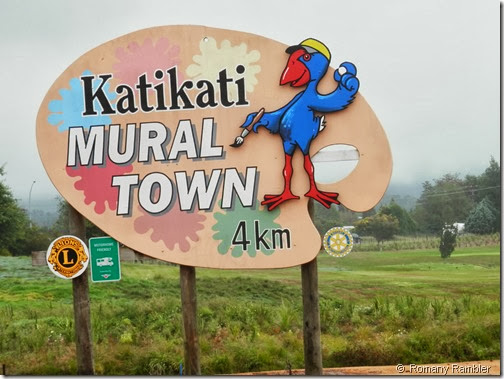
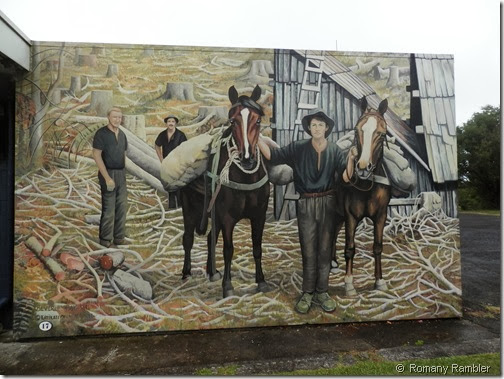
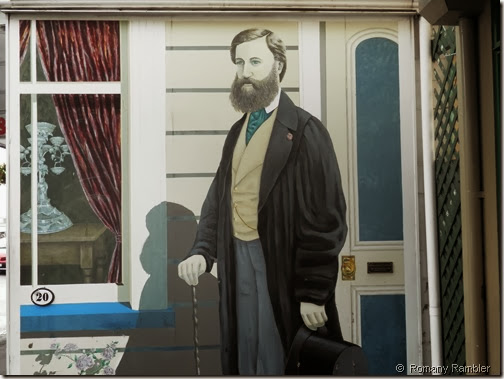
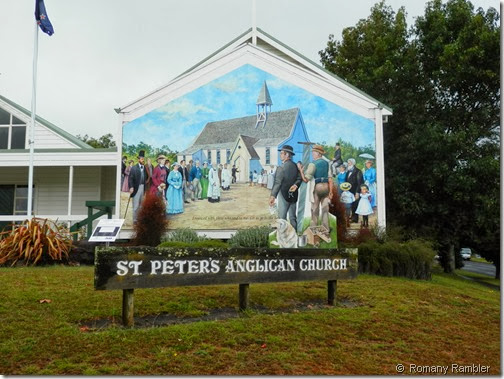
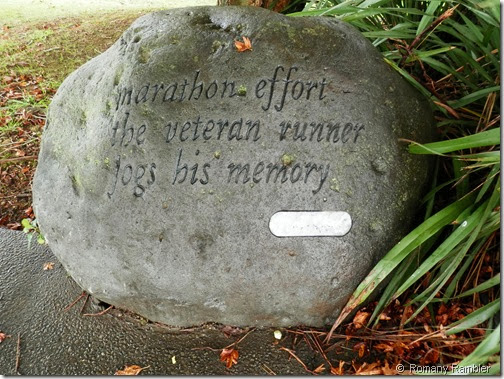
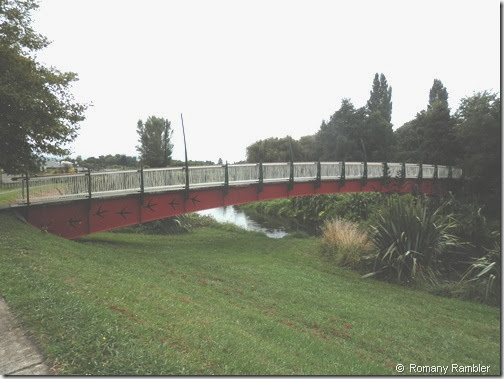
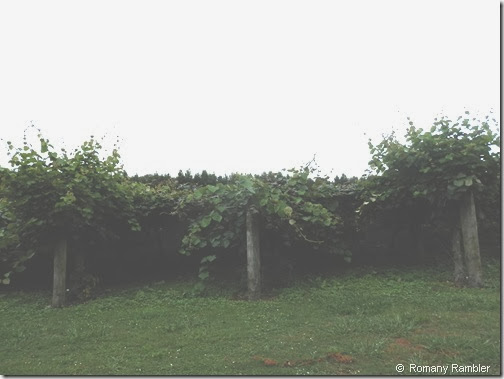
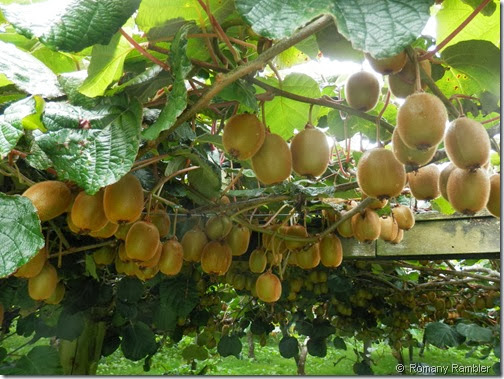
No comments:
Post a Comment